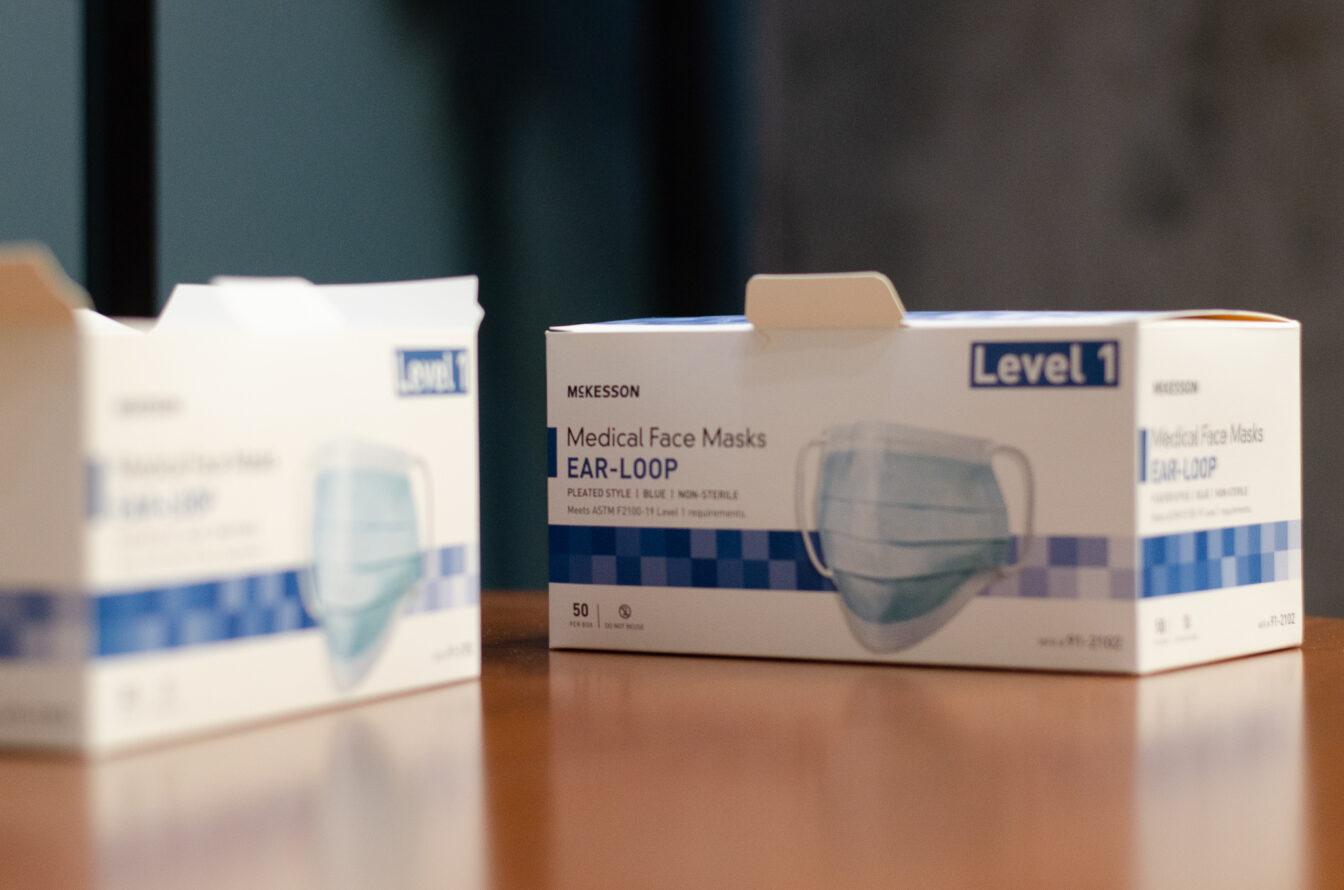A study has found that counting breaths has a positive affect on making participants be more mindful, a practice that is being incorporated into classrooms at University of Wisconsin.
The new study published in Frontiers in Psychology coming from the Waisman Laboratory for Brain Imaging and Behavior shows the positive effects counting breaths can have on the mind and body. It’s entitled, “A Mind You Can Count On: Validating Breath Counting as a Behavioral Measure of Mindfulness.”
Daniel Levinson, a graduate student at the Waisman Lab and lead author of the paper, said he came up with the idea through video games.
“Part of my research was to try to come up with a game … by playing it, you’d become more mindful,” Levinson said.
The study involves participants pushing a button on a computer each time they take a breath, causing them to be more aware of their breaths.
In addition to the game helping a person become more mindful, it also measures mindfulness, which is the more dominant part of the study, Levinson said.
“In four independent studies with over 400 total participants, we present the first construct validation of a behavioral measure of mindfulness: breath counting. We found it was reliable, correlated with self-reported mindfulness, differentiated long-term meditators from age-matched controls and was distinct from sustained attention and working memory measures,” Levinson said.
For college students, Levinson said the first step is to ensure that they know what mindfulness is. While he said people have heard of mindfulness before, they are not sure if it is actually a thing that can be measured since it is not concrete.
Breath catching is a good way for students to explore what mindfulness is, Levinson said.
Lisa Thomas Prince, an outreach specialist at the Waisman Laboratory, is working on a project similar to Levinson’s with kindergarten-aged kids. However, the goals are the same for college students and young children, Prince said.
“It’s appropriate for 4-and-5-year-olds to the same degree it’s appropriate for college-aged students or anybody. To focus on breath is a really … central practice in mindfulness meditation,” Prince said.
After a presentation on mindfulness at last year’s Teaching and Learning symposium, faculty members are trying to incorporate some of these ideas such as breath counting into their classes, Prince said.
One faculty member even has students do breath awareness practice before quizzes and tests in class, she said.
“As theorized, we found skill in breath counting associated with more meta-awareness, less mind wandering, better mood and greater non-attachment [for example] less attentional capture by distractors formerly paired with reward,” Levinson said.
Hopefully, the next steps in research will be to find out more about what mindfulness is and what is helpful about it, Levinson said. People can then make informed decisions about what mindfulness is and if they want to check it out, he said.
While mindfulness is becoming increasingly popular in the United States, Levinson and other researchers hope it can potentially transfer into mainstream.
“I’m hoping people will get inspired by this research and use breath counting more to see what the effects of mindfulness are,” Levinson said.














